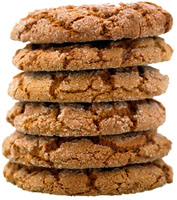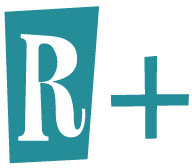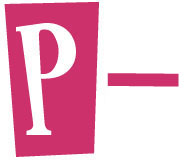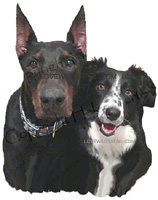 Cookie training is a euphemism for dog training using food as motivation. That euphemism is most often used by force trainers, those using pain to train. Dog trainers who were running classes when I first started learning to train were unimpressed, and maybe even uneducated, about the power behind training with treats. Force was the dominant method of dog training then, literally and figuratively.
Cookie training is a euphemism for dog training using food as motivation. That euphemism is most often used by force trainers, those using pain to train. Dog trainers who were running classes when I first started learning to train were unimpressed, and maybe even uneducated, about the power behind training with treats. Force was the dominant method of dog training then, literally and figuratively.
But now there is a much better way to train dogs using two of the four operant conditioning quadrants of B.F. Skinner fame. Yesterday, I went over Positive Punishment and Negative Reinforcement. Now I’ll move onto the last two, and most impressive and humane quadrants, Positive Reinforcement and Negative Punishment.
 Positive Reinforcement is what we give dogs when they are learning or doing a behavior we want to see more of. When a dog sits, we use a marker (a word like “Yes!” or a clicker) and reward (reinforcement) with a treat (adding or +). When a dog lays down, the same thing happens. Mark and reward. We can either lure a dog into the position or wait for sit to happen. Using R+, the dog trainer is giving or adding (positive or +) food (reinforcement) to the dog, which increases the likelihood that the dog will do more of the same behaviors. R+. Reinforce a behavior and the result is it happens more or is maintained.
Positive Reinforcement is what we give dogs when they are learning or doing a behavior we want to see more of. When a dog sits, we use a marker (a word like “Yes!” or a clicker) and reward (reinforcement) with a treat (adding or +). When a dog lays down, the same thing happens. Mark and reward. We can either lure a dog into the position or wait for sit to happen. Using R+, the dog trainer is giving or adding (positive or +) food (reinforcement) to the dog, which increases the likelihood that the dog will do more of the same behaviors. R+. Reinforce a behavior and the result is it happens more or is maintained.
 Dog training using motivation such as food, also allows us to use punishment, but not painful punishment. Instead, the dog trainer takes away the possibility of that dog getting a reward, such as a cookie. This is Negative Punishment. When a dog knows the cue to sit, for example, and chooses not to sit when the trainer cues it, the chance for that cookie is removed (negative or -) and the dog gets no cookie (punishment). Through P-, the dog learns to listen and respond so he doesn’t lose out on the good stuff. Here’s a non-food example. If a puppy is biting his owner’s hand, the owner removes herself from the play (negative or -), and the puppy is left alone (punishment). By using P- in this case, the puppy learns when he bites, the good stuff (the play buddy) goes away. So his biting behavior goes down. P-. Punish a behavior and the result is it happens less.
Dog training using motivation such as food, also allows us to use punishment, but not painful punishment. Instead, the dog trainer takes away the possibility of that dog getting a reward, such as a cookie. This is Negative Punishment. When a dog knows the cue to sit, for example, and chooses not to sit when the trainer cues it, the chance for that cookie is removed (negative or -) and the dog gets no cookie (punishment). Through P-, the dog learns to listen and respond so he doesn’t lose out on the good stuff. Here’s a non-food example. If a puppy is biting his owner’s hand, the owner removes herself from the play (negative or -), and the puppy is left alone (punishment). By using P- in this case, the puppy learns when he bites, the good stuff (the play buddy) goes away. So his biting behavior goes down. P-. Punish a behavior and the result is it happens less.
My dog training method, and that of cookie trainers all over the world, incorporates these two quadrants. R+ and P-. Behaviors dogs learn from reinforcement training are solid and most of all, there is a bridge of trust and a bond that is created between dog and owner.
By Helen Verte
Certified Pet Dog Trainer-Knowledge Assessed, Certified Trick Dog Instructor and Cookie Trainer
Fort Lauderdale, Broward county
